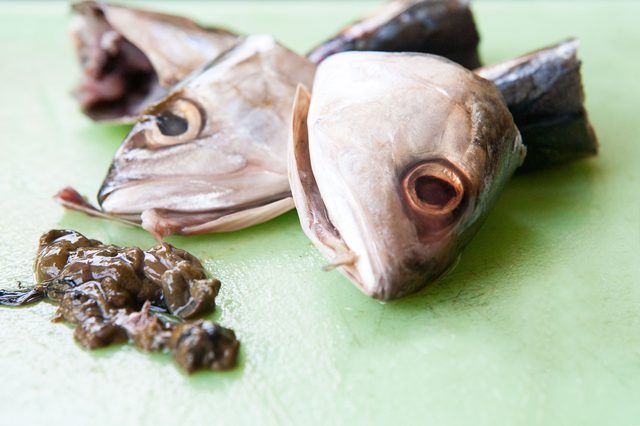Bulbs
Flower Basics
Flower Beds & Specialty Gardens
Flower Garden
Garden Furniture
Garden Gnomes
Garden Seeds
Garden Sheds
Garden Statues
Garden Tools & Supplies
Gardening Basics
Green & Organic
Groundcovers & Vines
Growing Annuals
Growing Basil
Growing Beans
Growing Berries
Growing Blueberries
Growing Cactus
Growing Corn
Growing Cotton
Growing Edibles
Growing Flowers
Growing Garlic
Growing Grapes
Growing Grass
Growing Herbs
Growing Jasmine
Growing Mint
Growing Mushrooms
Orchids
Growing Peanuts
Growing Perennials
Growing Plants
Growing Rosemary
Growing Roses
Growing Strawberries
Growing Sunflowers
Growing Thyme
Growing Tomatoes
Growing Tulips
Growing Vegetables
Herb Basics
Herb Garden
Indoor Growing
Landscaping Basics
Landscaping Patios
Landscaping Plants
Landscaping Shrubs
Landscaping Trees
Landscaping Walks & Pathways
Lawn Basics
Lawn Maintenance
Lawn Mowers
Lawn Ornaments
Lawn Planting
Lawn Tools
Outdoor Growing
Overall Landscape Planning
Pests, Weeds & Problems
Plant Basics
Rock Garden
Rose Garden
Shrubs
Soil
Specialty Gardens
Trees
Vegetable Garden
Yard Maintenance
How to Make Fish Fertilizer
How to Make Fish Fertilizer. The Pilgrims learned about fish fertilizer first hand when their Native American neighbors demonstrated the value of burying fish parts in the soil before planting corn (Zea mays). Commonly referred to as fish emulsion, fish fertilizer, an organic fertilizer made primarily of fish parts and water, nourishes plants...
The Pilgrims learned about fish fertilizer first hand when their Native American neighbors demonstrated the value of burying fish parts in the soil before planting corn (Zea mays). Commonly referred to as fish emulsion, fish fertilizer, an organic fertilizer made primarily of fish parts and water, nourishes plants without the use of costly chemical products. Fish emulsion is a rich source of nitrogen and also provides several valuable trace elements. Making your own fish emulsion is smelly business, but it isn't difficult.
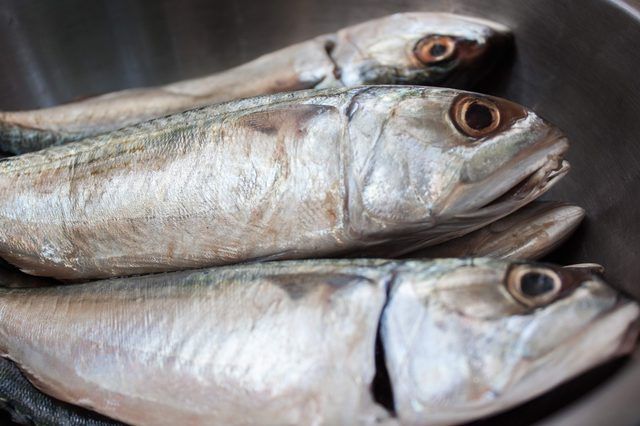
Fill a container about half full with fresh fish parts and then add organic matter such as finished compost, decomposed leaves, straw, or sawdust until the container is nearly full. Add water to about 2 inches from the top of the container. The container size depends on the size of your garden. You can mix emulsion in anything from a 1-gallon container to a 55-gallon barrel. Stir in about 1 tablespoon of Epsom salts for each gallon if you want to add magnesium and sulfur to the emulsion. Although dark molasses is optional, the sweetness speeds fermentation and helps minimize odors. Use about 1/4 to 1/2 cup of molasses per gallon of emulsion.
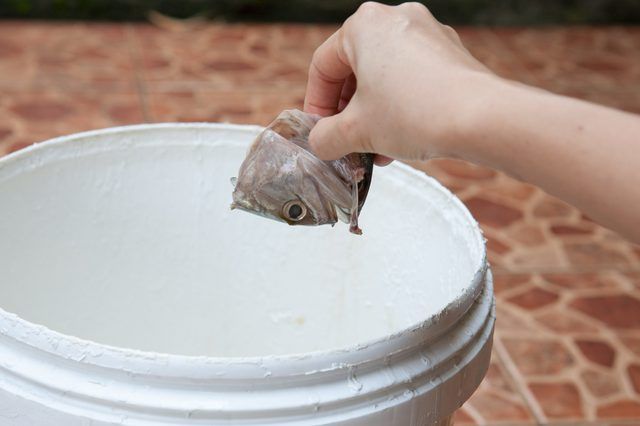
Cover the container tightly and store it in a cool, dark, out-of-the-way location. Don't put the container where it will be tipped over by hungry raccoons, bears or other animals. Check the emulsion every day for the first week. If the brewing mixture results in a buildup of gas, remove the lid for a moment to remove the pressure. Stirring the mixture every one or two days prevents the buildup of gases. Allow the mixture to brew for at least two to four weeks or until the fish is well rotted. The mixture decomposes faster in warm weather than in cold weather.
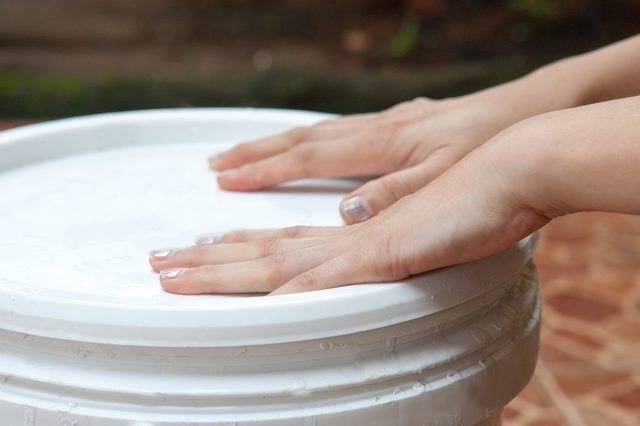
You can use fish emulsion intact, but if you intend to apply the emulsion with a sprayer, pour it through a screen to remove the chunks. There are many ways to use fish emulsion. For example, you can dilute 2 to 3 tablespoons of emulsion in a gallon of water and pour it around plants every month during the growing season. If you want to spray the emulsion directly on plants, dilute it at a rate of no more than 1 tablespoon per gallon of water. Dilute the solution even more for seedlings or young plants. Spray plants in the morning or evening when the sun isn't directly on the foliage. Experiment to find the best solution for your plants but never use fish emulsion full strength because it may burn the plants. Always water after fertilizing.
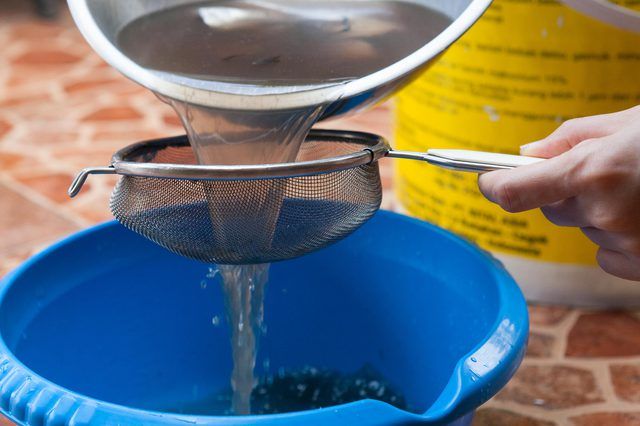
Any fish heads, scraps or trimmings are suitable for making fish emulsion. If you don't have fish scraps, inquire at a supermarket or fish market; fish parts are often inexpensive and may even be available free. Canned fish such as herring, tuna or mackerel are also suitable and are sometimes inexpensive if the cans are dented. Use fish in damaged cans only for fertilizer and never for humans or pets. Use a dedicated container for making fish emulsion. The odor will linger and a container used for fish emulsion isn't useful for most other purposes. Handle fish emulsion carefully because the fishy smell may take a day or two to dissipate from your skin or clothing. Fish emulsion retains its quality for up to a year. Be sure to keep the container tightly covered. Otherwise, flies are likely to deposit maggots in the emulsion.
